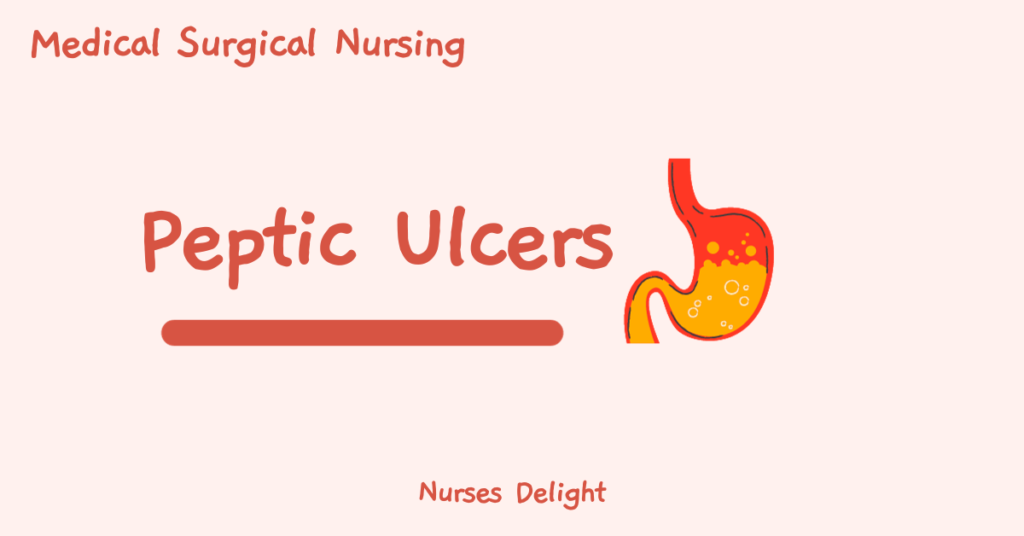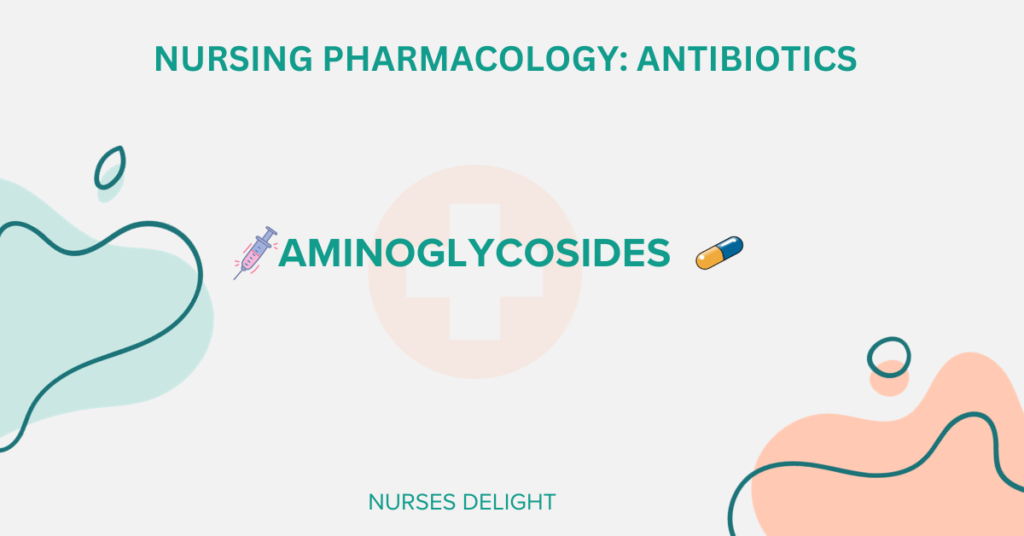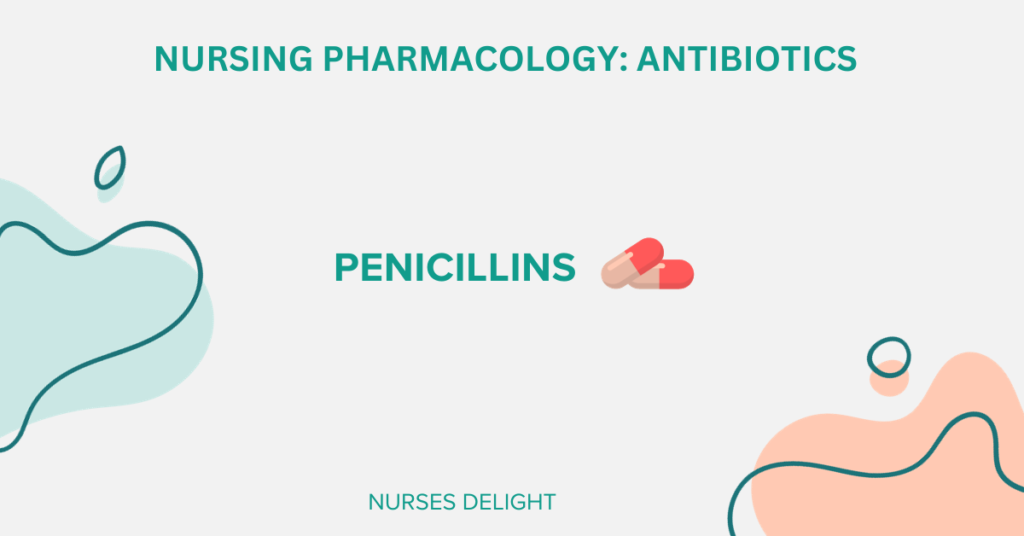Peptic ulcers are open sore(excavation) that develop on the mucosa of the esophagus, stomach and sometimes the duodenum. The erosion may extend deeply into the muscle layers or through the peritoneum.
Based on the location of occurrence, it may be classified as either may be esophageal, gastric, or duodenal.
Peptic ulcers occur more in the duodenum than in the esophagus and stomach.
Chronic gastric ulcers tend to occur more in the lesser curvature of the stomach near the pylorus
Esophageal ulcers occur as a result of the backward flow of hydrochloric acid from the stomach to the esophagus (GERD)
Causes of Peptic Ulcers
- Helicobacter pylori infection
- Excessive usage of NSAIDS
- Blood group. Individuals with blood group O are more susceptible
- Zollinger Ellison syndrome (ZES): Excessive gastrin produced by benign or malignant tumors from the pancreas and duodenum
- Excessive alcohol consumption
- Tobacco and cigarette smoking
- Stress
- Radiology treatments
Pathophysiology of Peptic Ulcers
- It occurs mainly in the gastroduodenal mucosa because this tissue cannot withstand the digestive action of hydrochloric acid and pepsin
- The erosion is caused by increased concentration or activity of acid pepsin or by decreased resistance of the normally protective mucosal barrier.
- Usage of NSAIDS inhibits prostaglandins which is associated with a disruption of the normally protective mucosal barrier which leads to decreased resistance to bacteria and thus infection from H pylori may occur.
- As a response to bacteria, cytokines, neutrophils and other substances are activated and cause epithelial cell necrosis that produce substances that damage the mucus.
- H pylori attaches to the gastric mucosa and propagates the overproduction of hydrochloric acid which exacerbates the erosive effects.
Clinical Manifestations
- Dull gnawing pain or burning sensation in the mid-epigastrium or the back
- With gastric ulcers, pain occurs immediately after eating while in duodenal ulcers, pain occurs 2 to 3 hours after meals and patients can respond to antacids
- Vomiting
- Constipation
- Diarrhea
- Bleeding
- Sour eructation (burping) on an empty stomach
- Melena (black tarry stool) and hematemesis ( blood in vomitus)
- Peptic ulcers may result to perforation and the patients report sharp upper abdominal pain which is referred to the shoulder, extreme abdominal tenderness, nausea and vomiting, hypertension and tachycardia which are indications of shock.
Assessment and Diagnostic Findings
- Physical exam may reveal epigastric tenderness or abdominal distension
- Upper endoscopy will visualize inflammatory changes, ulcers and lesions
- Biopsy. Rapid urease test of the histological tissue may show H pylori infection
- Serological testing for antibodies against H pylori antigen, stool antigen test and urea breath test
- Periodic CBCs for a bleeding peptic ulcer
- Stools tests may reveal occult blood
- Gastric secretion studies are of value in diagnosing ZES, achlorhydria (lack of hydrochloric acid), hypochlorhydria (low levels of hydrochloric acid) or hyperchlorhydria (high levels of hydrochloric acid).
- Chest and abdominal radiology may be done if perforation is suspected
Medical Management
- Combination of antibiotics, proton pump inhibitors and sometimes bismuth salts that suppress or eradicate H pylori are used.
- Antibiotics used include metronidazole, amoxicillin and clarithromycin
- Proton pump inhibitors normally used include lansoprazole, omeprazole and rabeprazole
- H2 blockers and proton pump inhibitors that reduce gastric acid secretion are used to treat ulcers not associated with H pylori infection such as Zollinger Ellison syndrome
- Octreotide, a gastrin suppressant may be used
- Patient is advised to adhere to the medication regimen and avoid usage of aspirin and other NSAIDS.
- Patients at risk for stress ulcers such as those mechanically ventilated for mor than 48 hours may he treated prophylactically with either H2 blockers or proton pump inhibitors and cyclo-protective agents like misoprostol, and sucralfate because of the increased risk of upper GI tract hemorrhage.
- Smoking cessation. Smoking decreases the pancreatic bicarbonate to the duodenum increasing its acidity
- Dietary modification. Avoid extremes of temperature in food and beverages and overstimulation from the consumption of alcohol coffee and other caffeinated beverages
- Neutralize acid by eating three regular meals a day. Small frequent meals are not necessary as long antacids or H2 blockers are taken
- Surgery for intractable ulcers 12-16 weeks of medication life threatening hemorrhage perforation obstruction and for those with ZES unresponsive to medication.
- Vagotomy with or without pyroplasty, transecting nerves that’s stimulate acid secretion and opening the pylorus, antrectomy removal of antrum (a pyloric portion of the stomach) with anastomosis surgical connection to either the duodenum (gastroduodenostomy or Billroth I) or jejunum (gastrojejunostomy or Billroth II)
Nursing Management
Assessment
- Past medical conditions focusing on GI
- Review prescription and OTC drugs
- Inquire about corticosteroids chemotherapy or NSAIDS
- Radiation treatments
- GI surgeries especially gastrectomy which can cause chronic gastritis
- Pain whether it occurs predictably after melas or at night and strategies to relieve it.
- History of emesis. Frequency and important characteristics like appearance
- List food intake in the past 72 hours
- Lifestyle smoking alcohol NSAIDS family history of ulcer disease
- Vitals and reports tachycardia and hypotension which may indicate anemia
- Test stool for occult
- Physical exam, abdominal palpation for localized tenderness
Nursing Diagnosis
- Acute pain related to the effects of gastric acid secretion and tissue damages
- Imbalanced nutrition less than the body requirement related to dietary changes
Complications
- Hemorrhage
- Perforation
- Penetration
- Gastric outlet obstruction
Nursing Interventions
- Reliving pain. Avoid aspirin NSAIDS and alcohol. Eat meals regularly at paced intervals in a relaxing setting. Relaxing techniques to help reduce stress and pain
- Reducing anxiety. Explain procedures eg test and medication to calm the patient. Provisions of emotional support
- Maintenance of optimal nutrition status. Asses for nutrition and weight loss. After recovery the patient is advised about the importance of adhering to the medication regimen and dietary restriction
- Monitoring and managing complications
- Hemorrhage. Monitor vitals, and evaluate patient for tachycardia, hypotension and tachypnea hemoglobin, hematocrit., testing stool for occult or gross blood. Recording urine input output to detect anuria or oliguria
- Perforation and penetration. Erosion of ulcer through gastric serosa into the peritoneum. Penetration is the erosion of the ulcer through gastric serosa to adjacent structures eg pancreas, biliary tract. Signs and symptoms of perforation are sudden severe upper abdominal pain, pain referred to the shoulders because of the irritation to the vagus nerve vomiting collapse extremely tender and rigid like abdomen hypotension and tachycardia indicating shock. Surgery should he urgent to close the perforation
- During surgery and postoperatively, the stomach content is drained by means of an NG tube. The nurse monitors fluid and electrolyte balance and assesses the patient for localized infection or peritonitis (increased temp, abdominal pain, paralytic ileus, increased or absent bowel sounds abdominal distension). Antibiotics therapy is prescribed
- Gastric outlet obstruction. Occurs when the area distal to the pyloric sphincter becomes scarred and stenosed from spams or edema or from scar tissue that forms when an ulcer alternatively heals and breaks down. The patient may have vomiting constipation epigastric fullness anorexia and later weight loss. An NGT is inserted to decompress the stomach.
- Education. Drugs regimen to be adhered to and teach about side effects. Avoid NSAIDS
Evaluation
- Reports freedom from pain between meals and at night
- Reports less anxiety
- Maintains weight
- Demonstrates knowledge of self-care, avoiding NSAIDS, takes medications as prescribed
- No evidence of complications hemorrhage perforation or penetration gastric outlet obstruction



